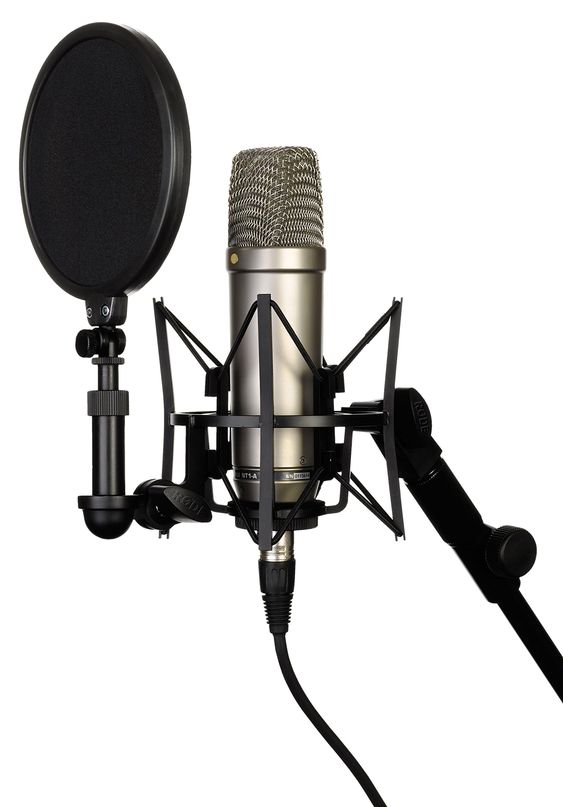In the realm of gaming, communication is key. Whether coordinating strategies with teammates or engaging in lively banter with opponents, clear and crisp audio can make all the difference in the gaming experience. At the heart of this communication lies a humble yet essential tool: the microphone. In this blog post, we’ll delve into the world of microphones, exploring their importance in gaming and beyond, their different types, and how to choose the right one for your needs.
The Role of Microphones in Gaming
In multiplayer gaming, effective communication can mean the difference between victory and defeat. Microphones allow gamers to communicate with teammates, coordinate strategies, and react swiftly to in-game events. Beyond gameplay, microphones facilitate social interaction, enabling players to forge friendships, share experiences, and immerse themselves fully in the gaming community.
Types of Microphones
- Headset Microphones: Integrated into gaming headsets, headset microphones offer convenience and portability, allowing gamers to communicate without the need for additional equipment. While some headset microphones offer decent sound quality, others may suffer from background noise and low sensitivity.
- Desktop Microphones: Designed for stationary use, desktop microphones provide superior sound quality and clarity compared to headset microphones. Available in various types, including USB and XLR, desktop microphones offer versatility and flexibility for gamers who prioritize audio quality.
- Clip-On Microphones: Also known as lavalier microphones or lapel microphones, clip-on microphones are small, lightweight, and discreet. Ideal for gamers who prefer hands-free operation, clip-on microphones can be attached to clothing or accessories for unobtrusive communication.
Choosing the Right Microphone
When selecting a microphone for gaming, consider the following factors:
- Sound Quality: Look for a microphone with clear and crisp sound quality, free from background noise and distortion. Consider factors such as frequency response, sensitivity, and signal-to-noise ratio when evaluating microphone quality.
- Connection Type: Choose a microphone with a connection type that is compatible with your gaming setup. USB microphones are plug-and-play and compatible with most computers, while XLR microphones offer professional-level audio quality and require additional equipment for connection.
- Directionality: Consider the microphone’s directionality, or pickup pattern, which determines how it captures sound. Common pickup patterns include cardioid, omnidirectional, and bidirectional, each suited to different recording scenarios.
- Budget: Set a budget for your microphone purchase and prioritize features that are most important to you. While high-end microphones may offer superior sound quality and additional features, budget-friendly options can still provide decent performance for gaming purposes.
Conclusion: Elevating Your Gaming Communication
A microphone is more than just a tool for transmitting sound—it’s a gateway to seamless communication, camaraderie, and immersion in the gaming world. Whether you’re strategizing with teammates, coordinating in-game actions, or engaging in friendly banter, a high-quality microphone enhances the gaming experience and fosters connections within the gaming community. So, whether you opt for a headset microphone for convenience or a desktop microphone for superior audio quality, choose a microphone that captures your voice with clarity and precision, and immerse yourself fully in the world of gaming communication.

